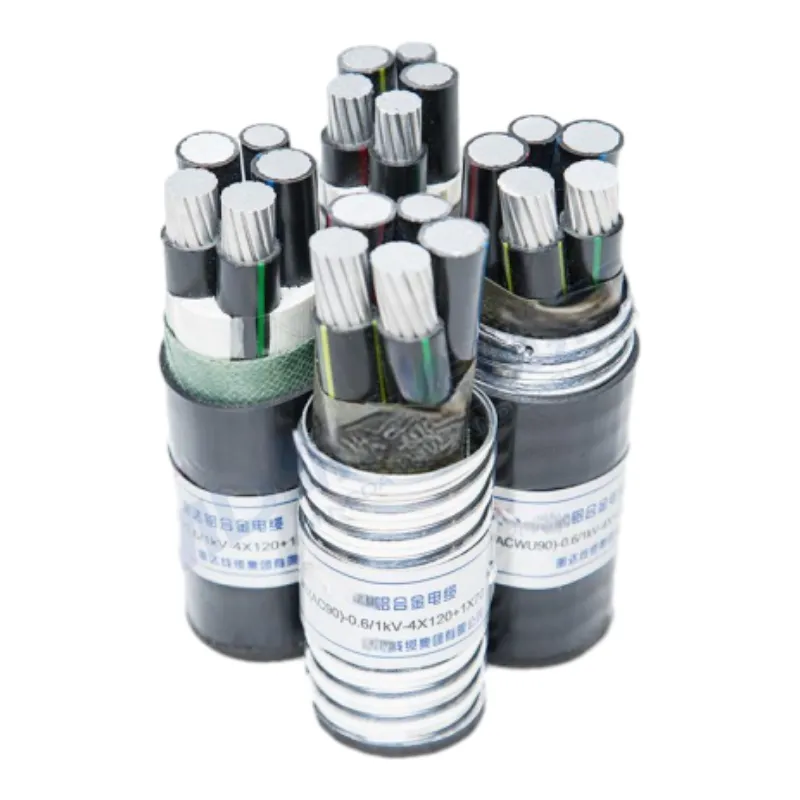Dec . 01, 2024 01:59 Back to list
air compressor release valve
Understanding Air Compressor Release Valves
Air compressors are indispensable tools in various industries, providing a reliable source of compressed air for powering pneumatic tools, inflating tires, and even operating machinery. However, like any mechanical system, they require components that ensure safety and efficiency. One such critical component is the air compressor release valve.
What is an Air Compressor Release Valve?
An air compressor release valve, often referred to as a safety valve or pressure relief valve, is a device designed to prevent excessive pressure from building up within the air compressor system. When the air compressor operates, it compresses air to a certain pressure level dictated by the machine’s operational specifications. If, for some reason, the pressure exceeds the safe limit, the release valve automatically opens, allowing air to escape and preventing potential damage to the compressor or even catastrophic failures.
Importance of the Release Valve
The primary function of the release valve is safety. Air compressors operate under significant pressure, and without a properly functioning release valve, the risk of an explosion or serious mechanical failure increases dramatically. In addition to ensuring safety, the release valve also contributes to the efficient operation of the air compressor. By maintaining pressure within a safe range, the valve helps the compressor run optimally, extending its lifespan and enhancing its performance.
Types of Release Valves
There are several types of release valves used in air compressors, each suited for different applications
1. Mechanical Release Valves These traditional valves use a spring mechanism to open at a predetermined pressure. When the internal pressure exceeds this set point, the spring compresses, allowing air to escape. These valves are widely used due to their reliability and straightforward design.
2. Pneumatic Release Valves These valves operate using compressed air to function. When the set pressure threshold is exceeded, the valve opens automatically, allowing excess air to be released. Pneumatic release valves are often found in more advanced air compressor systems.
air compressor release valve

3. Electronic Release Valves These modern valves utilize electronic sensors to monitor pressure levels and activate the valve accordingly. They provide greater precision and can be programmed for specific pressure settings, making them ideal for more complex industrial applications.
Maintenance of Release Valves
To ensure the release valve functions correctly, regular maintenance is crucial. This includes
- Inspection Regularly check the valve for signs of wear or damage. Look for leaking air or any signs of corrosion, as these can impair the valve's performance.
- Testing Periodically test the valve to ensure it opens at the correct pressure. This may involve manually activating the valve to see if it releases air as expected.
- Cleaning Dust and debris can accumulate around the valve, potentially causing it to malfunction. Keeping the area clean can help maintain proper function.
- Replacement If the valve is worn out or damaged beyond repair, it should be replaced immediately to ensure the safe operation of the air compressor.
Conclusion
The air compressor release valve is a small but vital component of the air compressor system. Its role in maintaining safe pressure levels cannot be overstated. By ensuring this valve is properly maintained and functioning, users can protect their equipment from damage and ensure a reliable source of compressed air. In industrial settings, where safety is paramount, understanding the importance of the release valve is essential for any technician or operator. Whether it’s through regular inspections or timely replacements, prioritizing the health of this component will lead to safer and more efficient compressor operation.
Share
-
Reliable Wafer Type Butterfly Valves for Every IndustryNewsJul.25,2025
-
Reliable Flow Control Begins with the Right Ball Check ValveNewsJul.25,2025
-
Precision Flow Control Starts with Quality ValvesNewsJul.25,2025
-
Industrial Flow Control ReliabilityNewsJul.25,2025
-
Engineered for Efficiency Gate Valves That Power Industrial PerformanceNewsJul.25,2025
-
Empowering Infrastructure Through Quality ManufacturingNewsJul.25,2025